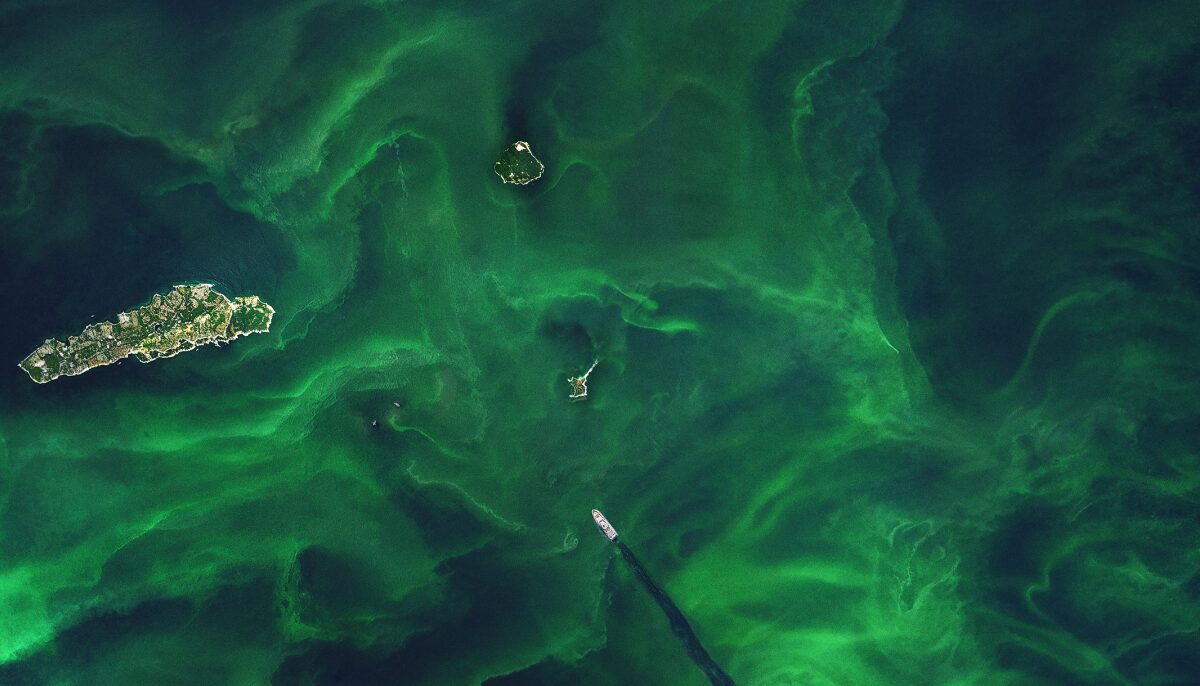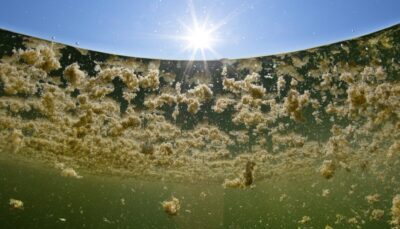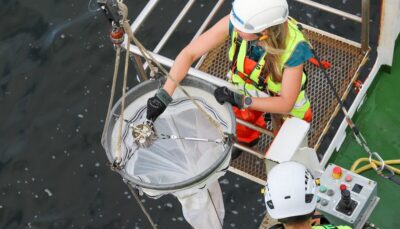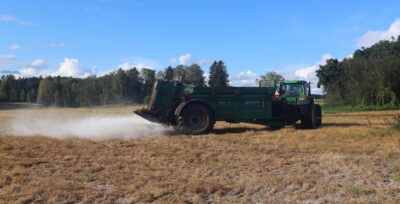The Baltic Sea avoided the worst – now we solve its future
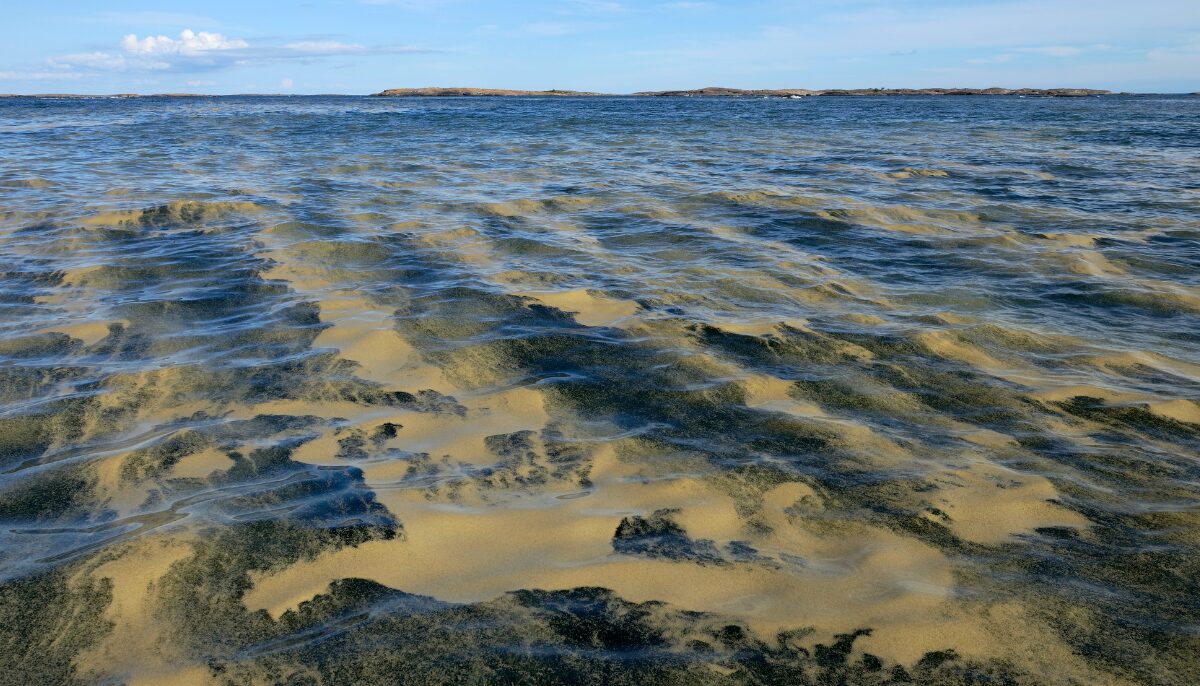
About the research
Eva Ehrnstén
Researcher
Stockholm University Baltic Sea Centre
eva.ehrnsten@su.se

Writer
It is 2055: have the underwater sandbanks become deserted, or do seagrass meadows now spread across them? One can imagine different kinds of future scenarios for the Baltic Sea – some, sadly, quite grim, or from the sea’s perspective: murky and oxygen-depleted. According to Eva Ehrnstrén, who led modelling research on the state of the Baltic Sea, a bright future is still possible if we swiftly reduce the nutrient load and remain patient.
The Baltic Sea is a shallow inland sea where water and substances within it change slowly. The narrow Danish straits closely guard the flow between the brackish Baltic Sea and the salty Atlantic Ocean.
Along with water molecules, nutrients from human activities – mostly phosphorus and nitrogen – accumulate in the Baltic Sea basin. Nutrients released into the sea at the end of the last century are still present in the water and in bottom sediments. A decade from now, we may look back with satisfaction at the emission cuts made in the 2020s or regret the lost opportunities.
Eva Ehrnstrén, a researcher at Stockholm University’s Baltic Sea Centre, led a modelling study that explored what the state of the Baltic Sea would be today if the emission cuts had not been made since the 1980s.
“We found in our research scenarios that if nothing had been done, there would be about twice as many algal blooms in the sea compared to today. Without action, oxygen-depleted areas would be roughly 80 percent larger,” Ehrnstrén says.
In other words, the Baltic Sea has avoided a disaster.
Reductions in nutrient load have been achieved
Too many nutrients have flowed into the sea for over a century. However, between the 1950s and 1980s, the nutrient load more than doubled. This was a result of the growing prosperity of the surrounding countries, leading to rapid urbanization and intensified agriculture.
These developments came at a high cost to the Baltic Sea, which received increasing amounts of nutrient runoff.
Fortunately, since the 1980s, the nutrient load has been significantly reduced. Ehrnstén emphasizes that the Baltic Sea countries have taken action, and major reductions have been achieved.
Charophytes vs. algal soup
Yet despite this course correction, the Baltic Sea still suffers from severe symptoms of eutrophication, such as toxic algae blooms and oxygen depletion. The modelling research focuses mainly on the open sea and plankton, but high nutrient loads also affect coastal waters.
“A lot of vegetation grows from the bottom of the Baltic Sea. If too many nutrients enter the sea, filamentous algae begin to cover the vegetation, and planktonic algae increase at the surface. The end result is an algal soup where light is scarce,” Ehrnstén explains.
Species such as common eelgrass and charophytes are being pushed out by this algal soup. These plants are crucial for various bottom-dwelling animals and fish. Both seagrass beds and sheltered charophyte beds have recently been added to the list of habitat types protected under the Finnish Nature Conservation Act. This means they are endangered habitats that would benefit greatly from clearer waters and a further reduction in nutrient loads.
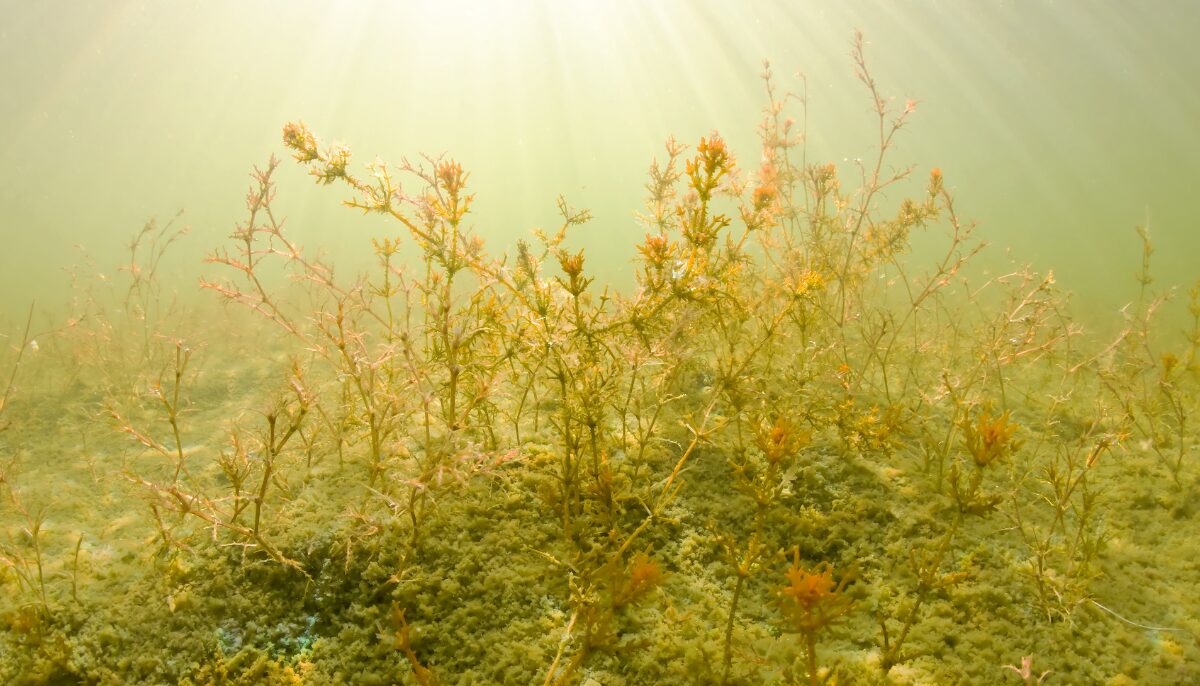
Good news for the world’s other seas
The Baltic Sea is hardly the only sea area in the world suffering from eutrophication. Yet the degree of enclosure makes the Baltic Sea especially challenging and exceptional.
“The Baltic Sea is probably the most difficult case in the world, because it reacts to changes so slowly due to its enclosed nature,” Ehrnstén says.
In the research, the Baltic Sea is compared to the Gulf of Mexico and the East China Sea. For instance, the Mississippi River flows into the Gulf of Mexico, running through ten U.S. states and carrying nutrients from vast agricultural areas. The nutrient runoff into the gulf is enormous.
Yet the biggest difference from the Baltic Sea is the rate of water renewal. In the Baltic Sea, water takes about 30 years to fully change, while in the Gulf of Mexico it takes only about 30 days. In the East China Sea, the water turnover takes less than three years in the inner parts, and about half a year in the wider sea area.
Unlike the persistent lack of oxygen in the Baltic Sea, the anoxic zones in the Gulf of Mexico and the East China Sea are seasonal – they form and disappear every year. The good news for these more open sea areas is that when nutrient reductions are made, the results can be seen quickly.
The Baltic Sea needs fast action
The research asks whether frustration over the slow pace of visible results in the Baltic Sea could lead to a loss of momentum in efforts to reduce nutrient loads.
Why should we still act to reduce pollution?
The quicker we act, the fewer nutrients accumulate in the sea. If the Baltic Sea remains in bad condition for too long, the consequences for the underwater biological communities could become irreversible. Some species may disappear altogether.
There’s also the economic argument: the faster we act, the cheaper it will be to reduce the load. And if we aim to meet the international targets set in the HELCOM Baltic Sea Action Plan, current efforts are not enough.
According to Ehrnstrén, future scenarios are filled with uncertainty – partly due to climate change. Climate change increases oxygen-depleted areas and boosts the release of phosphorus from the seabed. In addition, heavier rainfall is washing more nutrients from land into the sea.
If we want to avoid a future disaster in the Baltic Sea, we must continue reducing nutrient loads – and we must do it quickly.
The research article by Eva Ehrnstrén, Christoph Humborg, Erik Gustafsson, and Bo G. Gustafsson, titled “Disaster avoided: current state of the Baltic Sea without human intervention to reduce nutrient loads,” was published in Limnology and Oceanography Letters, Volume 10, Issue 3, in October 2024.
